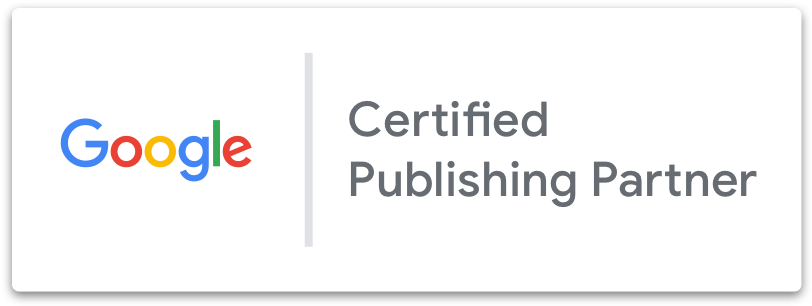Fresh out of college with a public relations degree, I found myself stumbling into the world of search engine optimization – specifically, link building. I wondered how the two realms would overlap, if at all.
A quick refresher: Link building is an SEO tactic that refers to the method of increasing a webpage’s number of inbound links from external sources with the intention of boosting the visibility of that page in search engine results.
There are a handful of different avenues a link builder can take, but the end goal is the same: to get a certain page or website to rank higher in the search results than those belonging to similar competitors. High search engine visibility increases the likelihood of more traffic to a client’s website, which in turns leads to better brand awareness.
Coming to Eminent SEO, this process was new to me. While I understood the general theory behind search engine optimization, I was undoubtedly a rookie, in terms of actually putting the theories into practice.
Fret not. Little did I know then just how much the strategies I picked up from my background in public relations would supplement my new career as a link builder. Before I elaborate on the advantages of how initially entering the workforce as a “PR coordinator” eventually bolstered my link-building approach, I want to relay several key differences.
PR vs. SEO Link Building
In a public relations agency, you are typically promoting a brand or a company. Exposure does not necessarily lead to a link to your brand’s website, but for the most part, any exposure or mention in the press is good.
If your client sells products or services, you’ll want to research and pinpoint journalists or media outlets who would be interested in covering or testing the product out. If you are like me and work in food public relations (yum), you’ll want to send out food samples or coupons to these media outlets in exchange for a product review. Additionally, bloggers are going to be your best friends. (Hint: because bloggers like free stuff.)
Link building, on the other hand, is a completely different ballpark. You are promoting a brand, yes, but more specifically: a brand’s website. As a link builder, you want more than just free press. You want the webmaster or influencer to link back to your site.
In many ways, link-building strategy is much harder than public relations because you need your contact to go that extra step: to link back to you, pretty please? You’re asking somebody for more using less, with no free samples or products to offer as incentive.
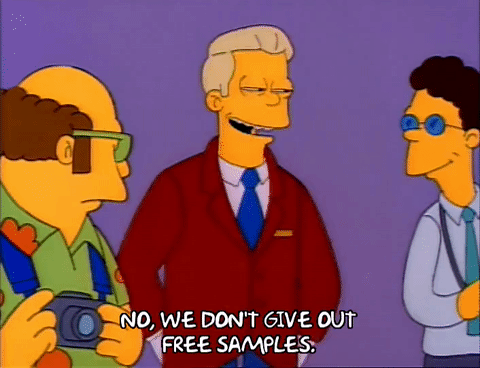
Getting the Right Backlinks
On the other hand, if you’re in the SEO industry, you’ll quickly realize that not all links are equal, and certain blogs have more domain authority than others. Getting “exposure” from certain websites can hurt your rankings, and thousands of spammy links is a death sentence for a growing site.
Luckily, the skills I garnered from contacting media outlets for exposure as a public relations coordinator ended up helping my transition into the daunting (but rewarding) field of search engine optimization.
Building Relationships with the Media and Webmasters
Public relations people often carry the stigma of having ulterior motives, and, unfortunately, it’s often accurate. We want to get our clients exposure! However, people hate feeling manipulated, and if you’re begging them for free press every other week, more than likely they’re going to get annoyed.
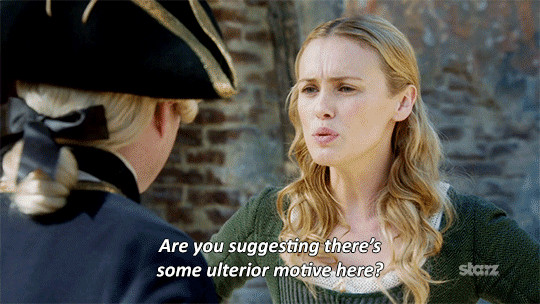
Same goes with link building: In the end, you need something from someone (a link). Veer away from that mindset for a second and think long term. If we can befriend a webmaster, or at the very least give a good impression, they are much more likely to link to us in the future. Start up a conversation without asking for a link (yet).
This is counterintuitive because what I am essentially asking you is to not ask for a link – upfront, at least. It can be as simple as chatting them up about recent industry news, or letting them know you liked their latest blog post so much you passed it onto your coworkers. Once they’ve warmed up to you, you can start asking for shares, retweets and, best of all, links.
Use PR Tools to Your Link-Building Advantage

On the flip side, you can sign up as an industry expert and act as the highly knowledgeable source for these articles! This requires more out-of-the-box thinking because oftentimes reporters are covering topics that are only vaguely connected to your industry.
My advice? Don’t grasp for straws here. If it’s too much of a stretch and only kinda-sorta-maybe related to your client, leave it be. Every so often, however, you will strike gold and find a journalist who’s covering something extremely acutely specific to your client’s industry. The trick here is to be patient.
The biggest disadvantage is that you may have to mediate communication back and forth from the client to the media contact. So, after you’ve reached out to the reporter and confirmed their interest in your client, you’ll want to make sure the client is responsive and open to being cited as a resource or expert in their field. Once the client is included in the story, you can request that the journalist to link back to the client’s website upon publishing.
Of course, this strategy works optimally on media contacts who publish their articles or blog posts in reputable online publications.
Use Each Client’s Story or Mission to Enhance Your Outreach Efforts

In the world of public relations, we called them “pitches,” and it’s crucial for your pitch to be well-written and unique to the client. This can get tough when you’re in food PR and you have multiple gluten-free bread clients. How many different pitches can you really write about bread? If you study each client’s backstory and convey their enthusiasm effectively in your writing, the answer is very many.
Outreach as a link builder follows a similar concept. Many webmasters have their inboxes piled up with requests. To distinguish your outreach from others, abandon the boring, soulless email template and draw a clear distinction between your client and their competitors.
To Wrap It Up
While I am still quite new to search engine optimization, I was relieved to discover that what I learned in a public relations agency could be applied to link acquisition. A key variance was that I could no longer offer bloggers or journalists free stuff in exchange for a review (hello, high ROI) and easy exposure.
Instead, I had to rewire my thinking to view the website as the “free stuff.” What makes the website unique? How does it impact consumers? How can I create great resources for the website to draw organic traffic? What can my website offer that competitors cannot? Most importantly of all, what is the most effective way to promote this website and convince people to link to it?
Having to transition from promoting a tangible, material product (such as bread) to a website forced me to ask these questions before beginning any outreach.
Incorporating skills I’ve gained from both the search engine optimization and public relations fields has only strengthened my outreach methodology. A sound link-building strategy, when executed skillfully, will no doubt draw from many aspects of effective public relations.
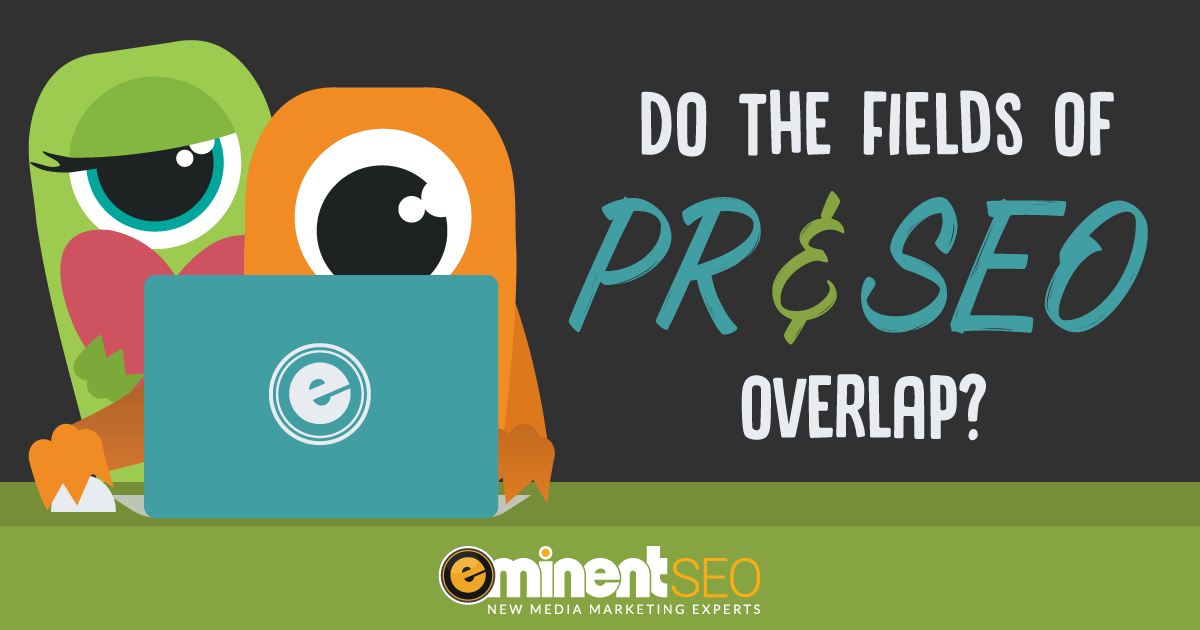
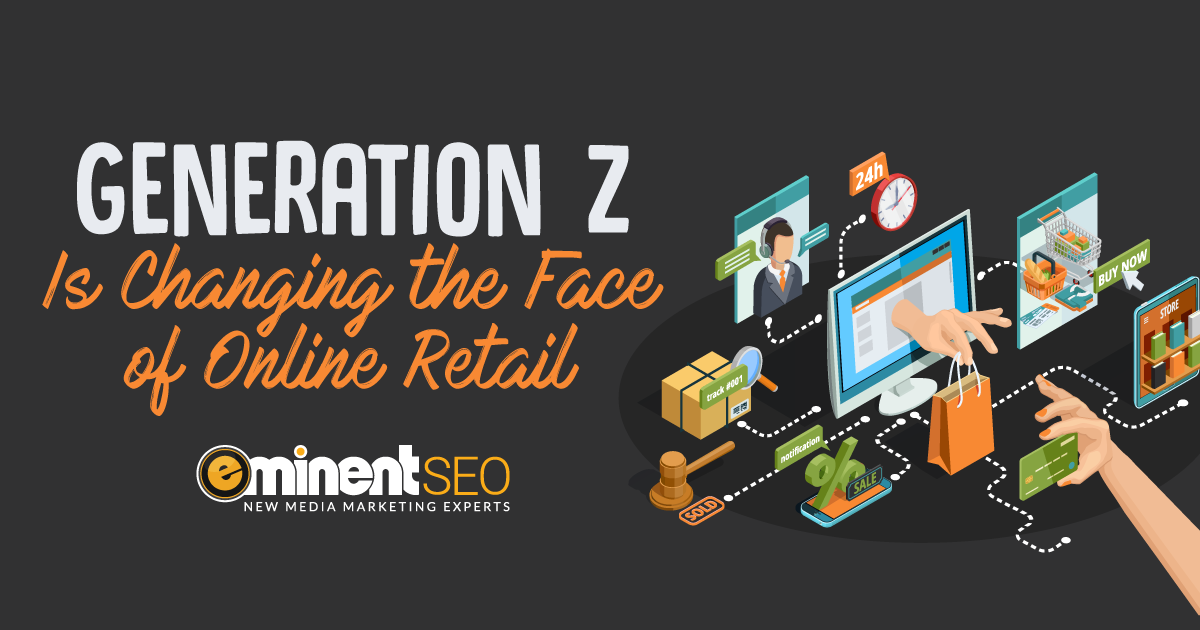
 Some U.S. retail hubs, like JCPenney, have totally missed the mark on changing consumer behavior. Sure, they have websites, but doesn’t everyone?
Some U.S. retail hubs, like JCPenney, have totally missed the mark on changing consumer behavior. Sure, they have websites, but doesn’t everyone?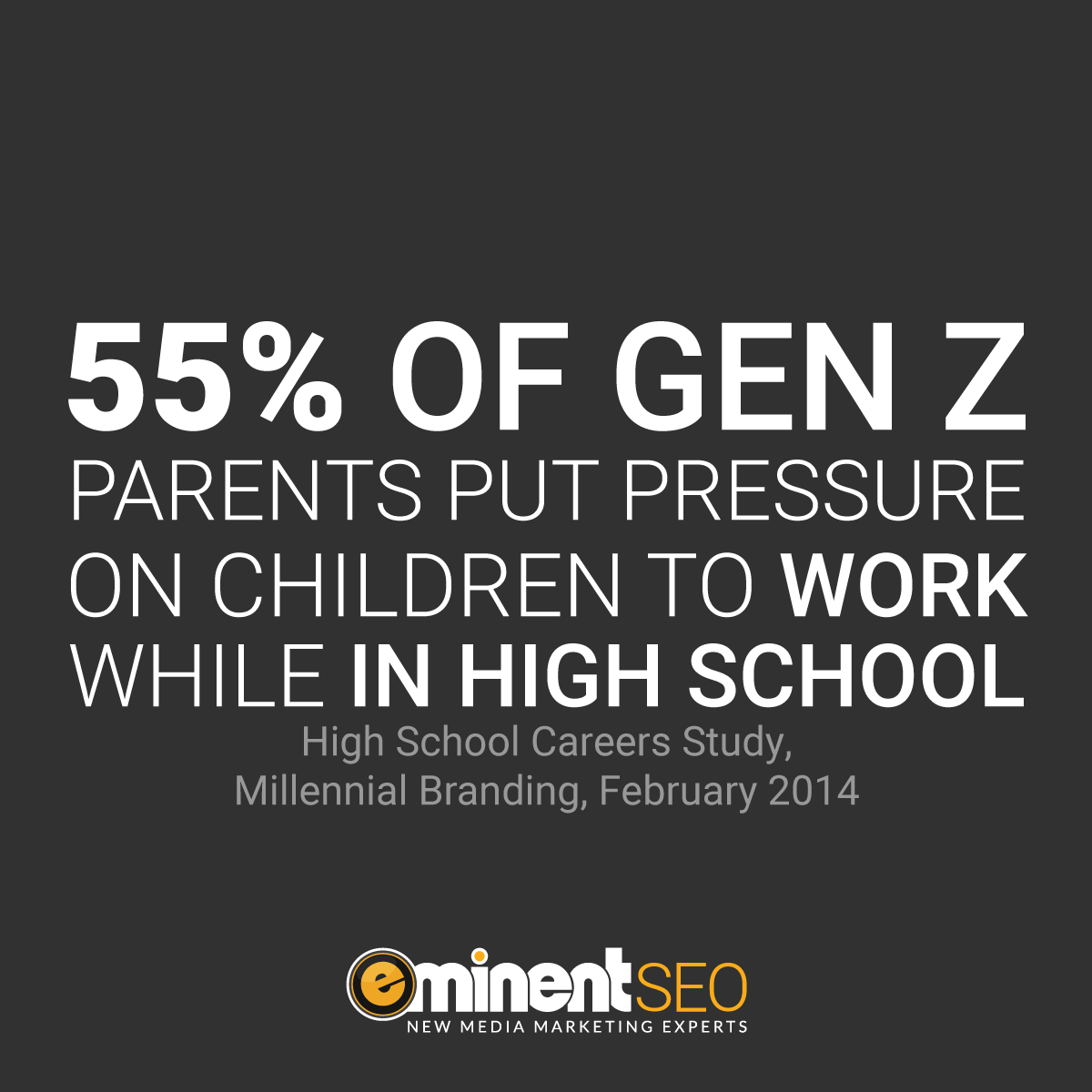 Though there are exceptions, as a whole, each generation comes with a mindset or unspoken cultural guidelines. The young people of Generation Z are fueled by innate intelligence and seldom take things at face value. Why should they? What gets their attention is unabashed authenticity, and more.
Though there are exceptions, as a whole, each generation comes with a mindset or unspoken cultural guidelines. The young people of Generation Z are fueled by innate intelligence and seldom take things at face value. Why should they? What gets their attention is unabashed authenticity, and more.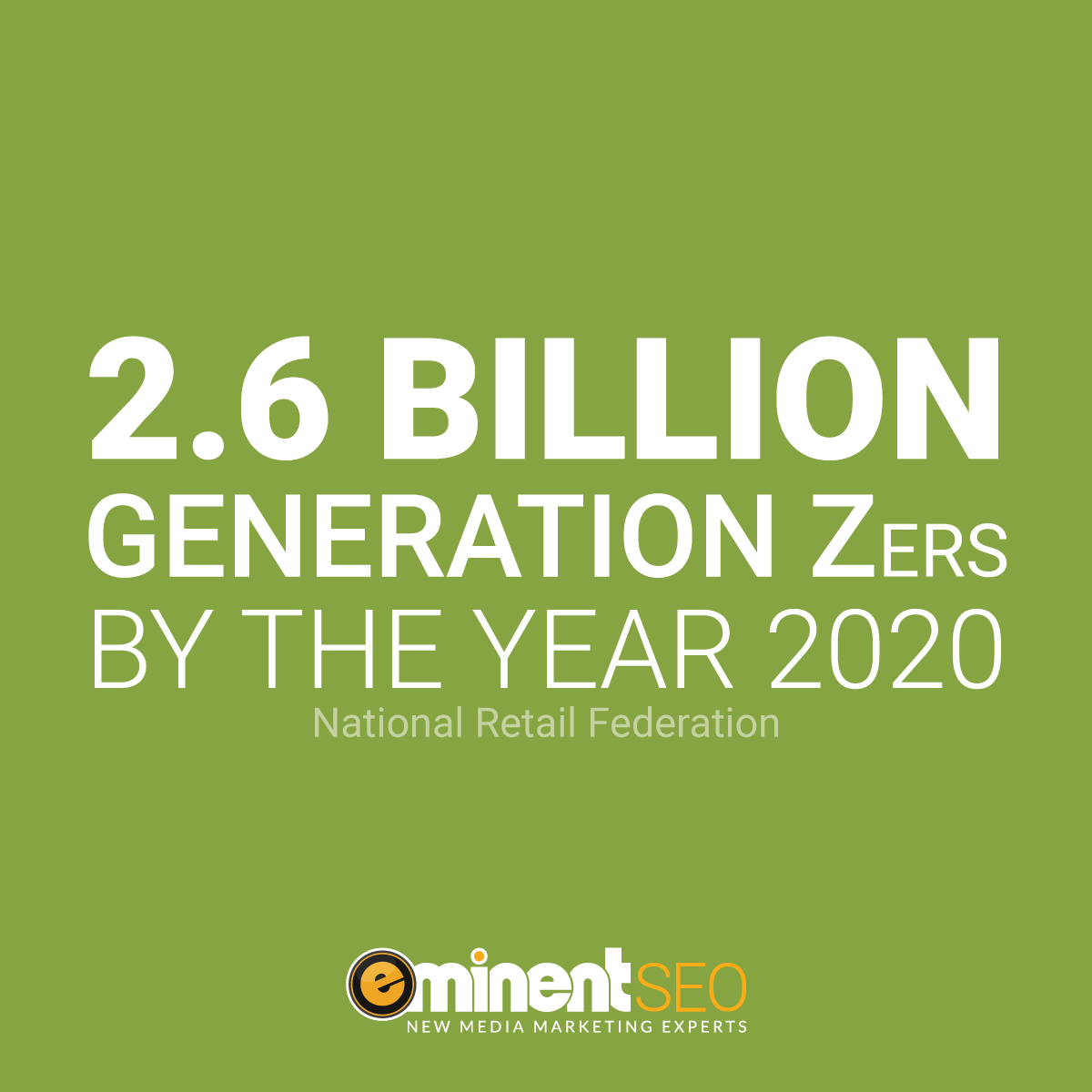 There is an interesting oxymoron embedded within Generation Z. On one hand, they are dedicated to social consciousness to a point where if you don’t have it, you’re just not good enough.
There is an interesting oxymoron embedded within Generation Z. On one hand, they are dedicated to social consciousness to a point where if you don’t have it, you’re just not good enough.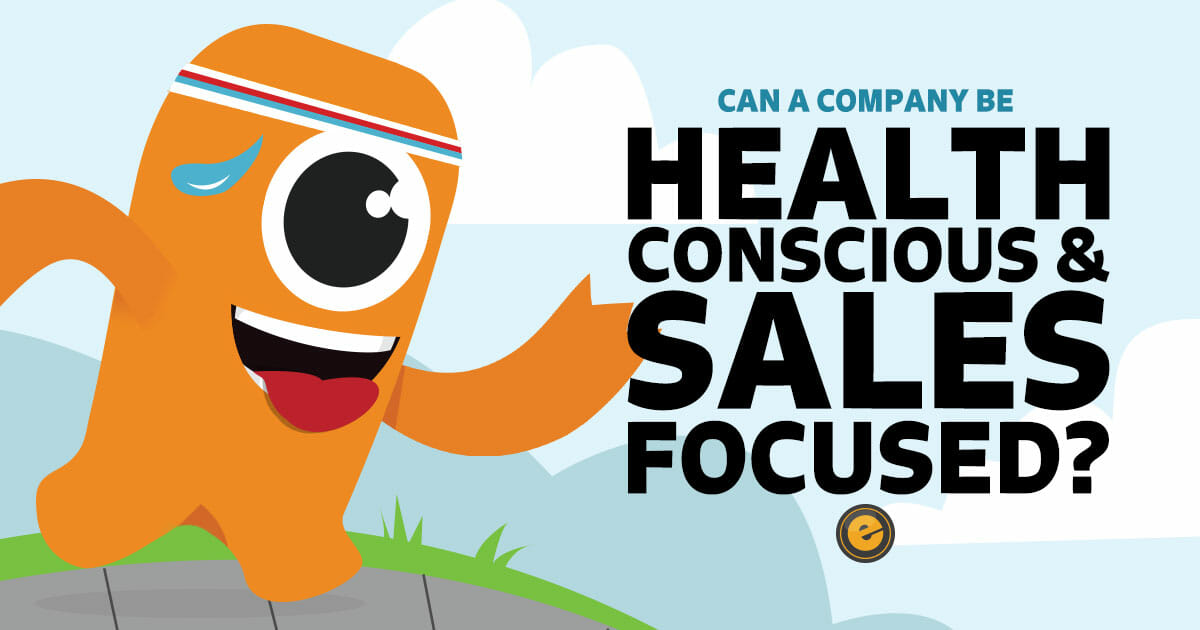 Marketing is a tricky game: Businesses must convince consumers to buy their product, even when both the consumer and the business are aware of certain product drawbacks. No product can be everything to all people, though.
Marketing is a tricky game: Businesses must convince consumers to buy their product, even when both the consumer and the business are aware of certain product drawbacks. No product can be everything to all people, though.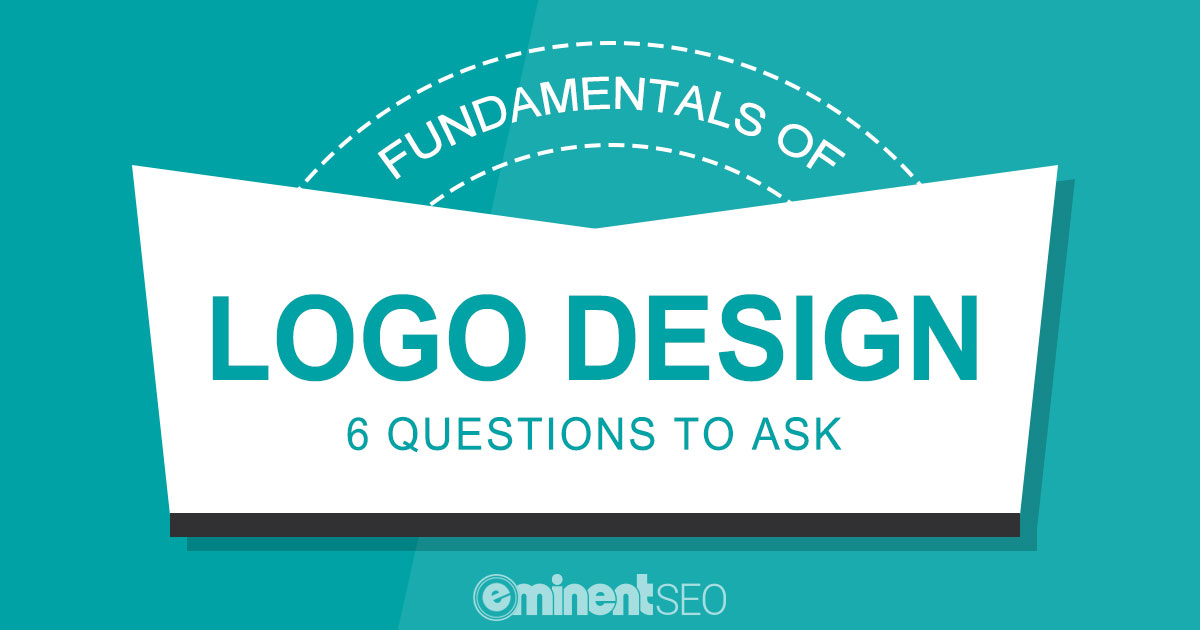 When starting a business, you want your logo to be legendary, memorable and to make a statement. You want it to create a buzz and help your brand become a household name.
When starting a business, you want your logo to be legendary, memorable and to make a statement. You want it to create a buzz and help your brand become a household name.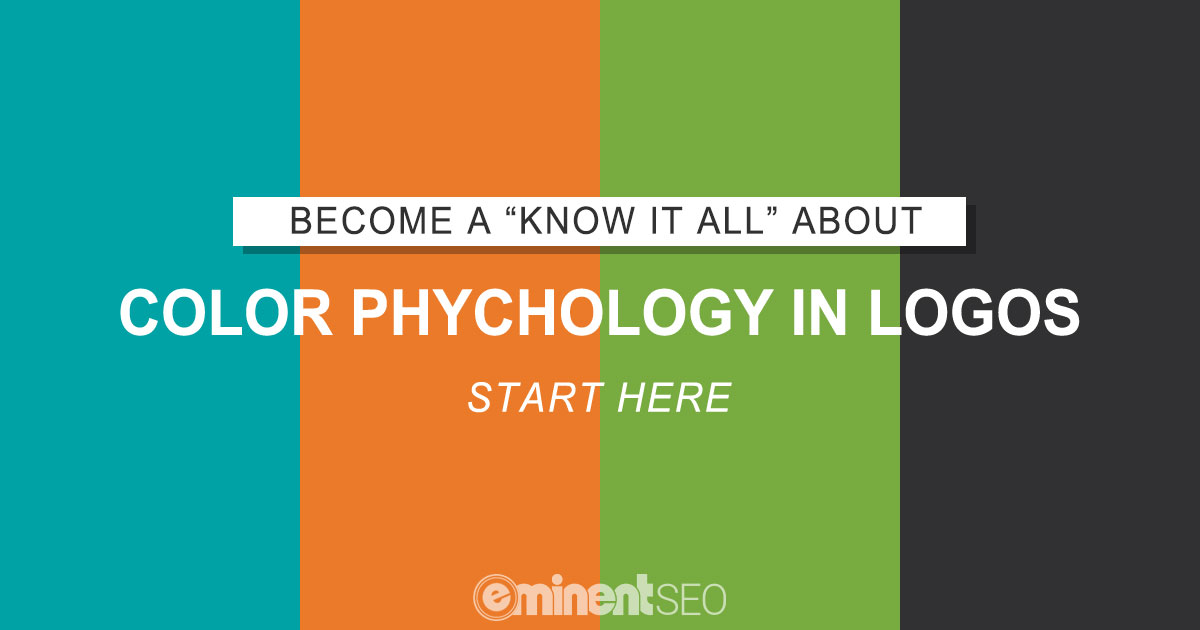 A bit of psychology goes into creating the perfect logo for your business. Human beings have a subconscious recognition of
A bit of psychology goes into creating the perfect logo for your business. Human beings have a subconscious recognition of 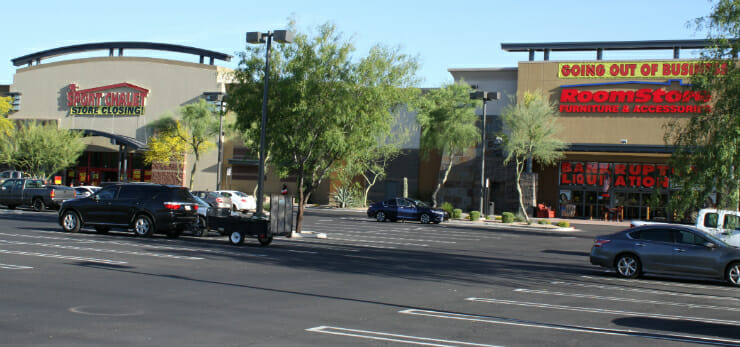
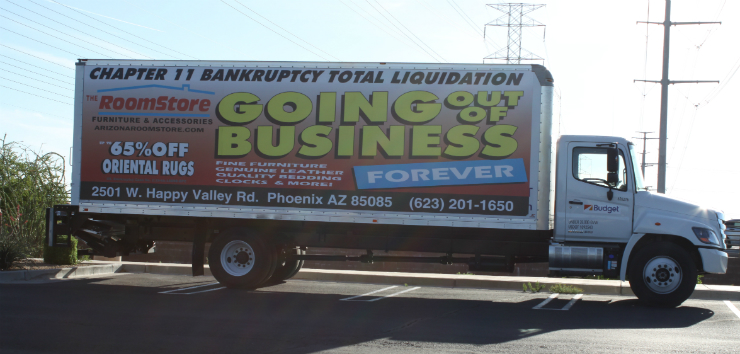
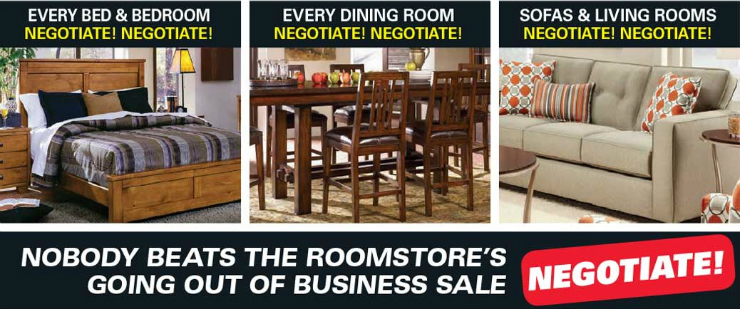
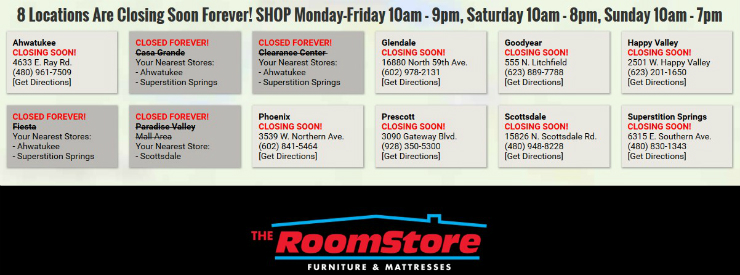
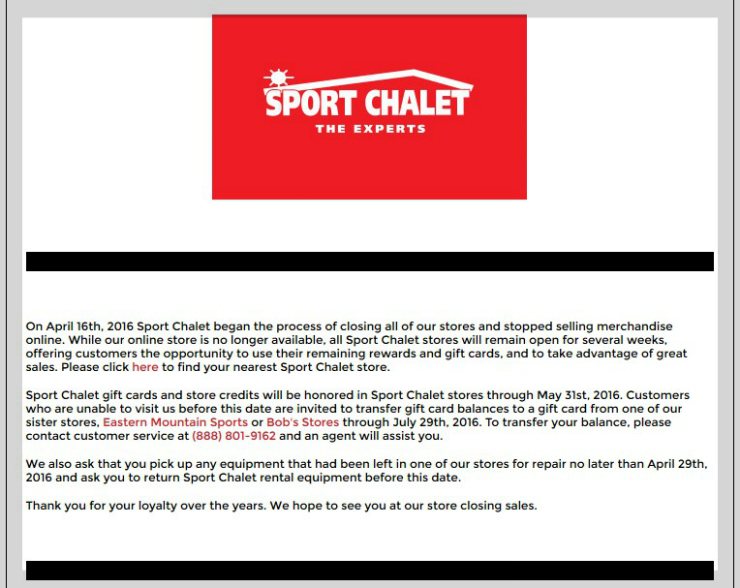
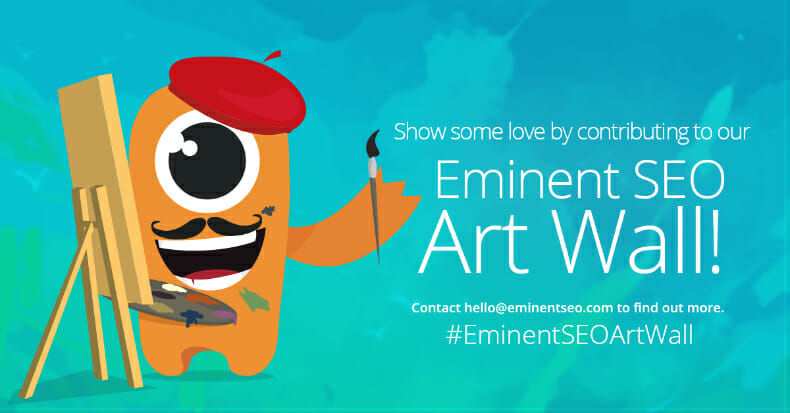
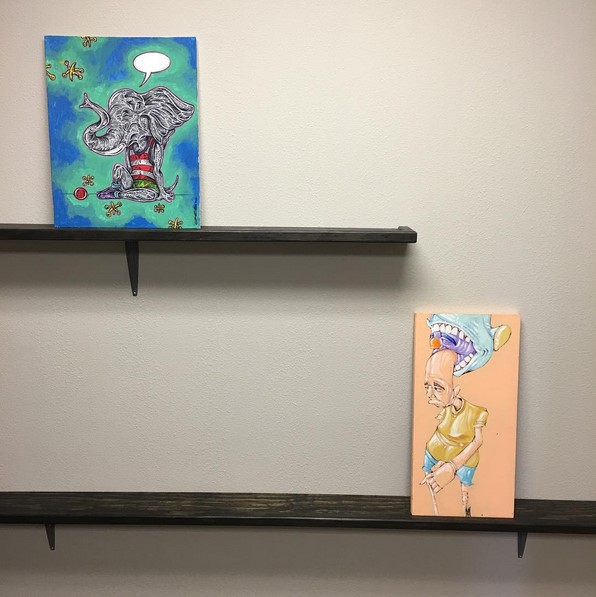
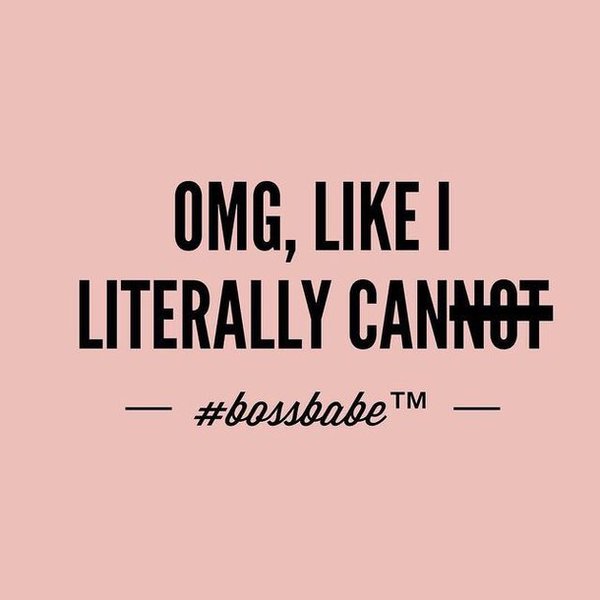
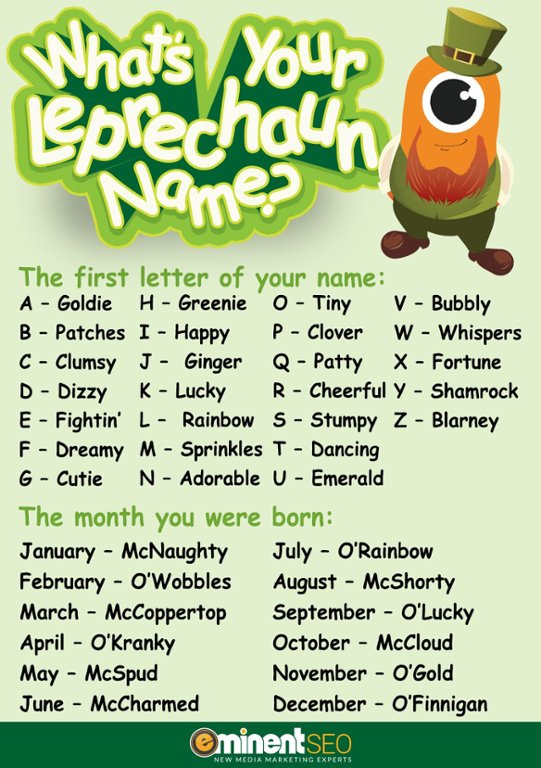
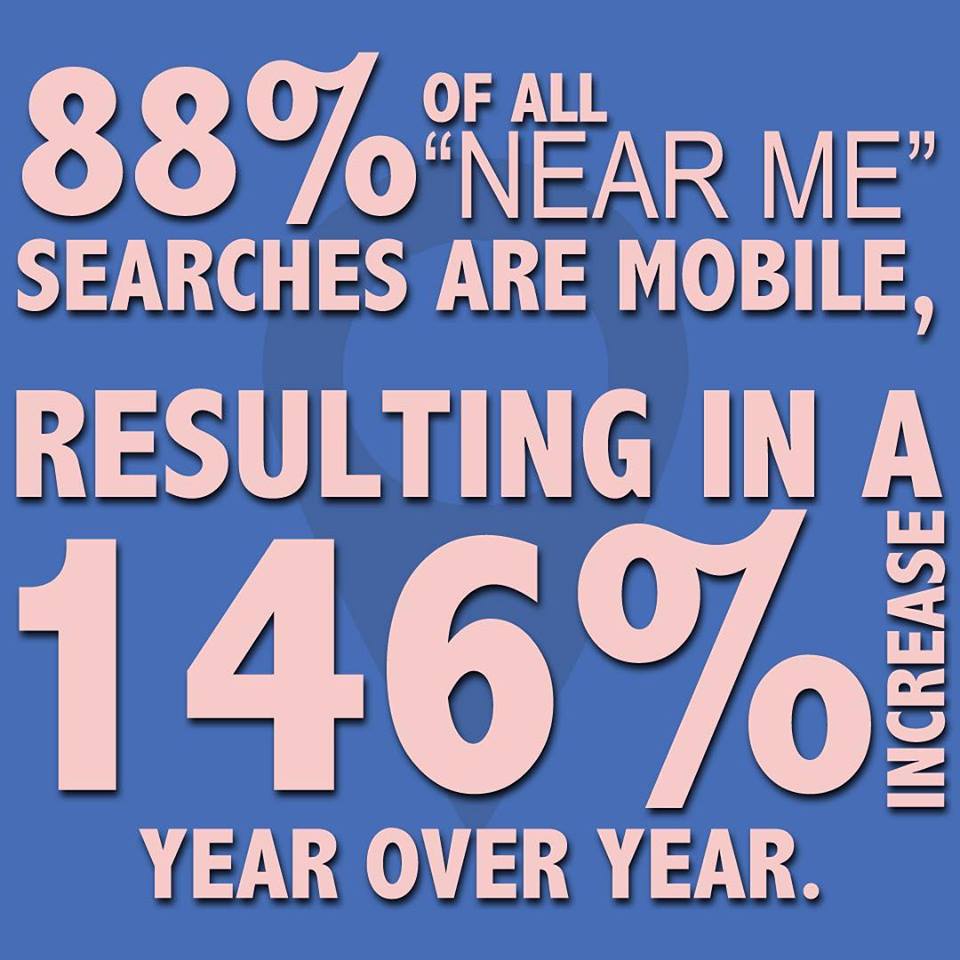

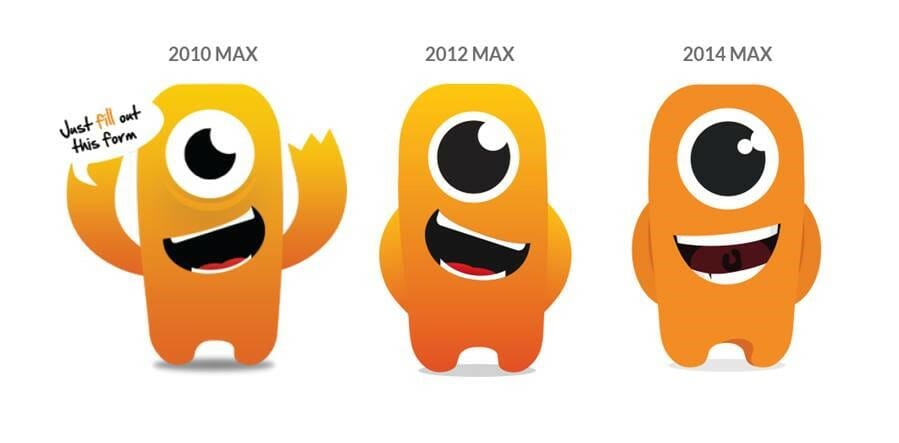 On the surface, the first version of Max isn’t all too different from the current iteration. Looking at the 2010 and 2012 versions, you can tell that Max’s iris began to take up more territory on his lone eye, and that his orange hue got slightly darker as he “aged.” Also, the bag around his eye disappeared, taking away his slightly sleepy look.
On the surface, the first version of Max isn’t all too different from the current iteration. Looking at the 2010 and 2012 versions, you can tell that Max’s iris began to take up more territory on his lone eye, and that his orange hue got slightly darker as he “aged.” Also, the bag around his eye disappeared, taking away his slightly sleepy look.

 At Eminent Brand Identity we will help you build an effective brand name, if you don’t already have one, or we will help you enhance what you already have. We will help you connect your brand to your target audience. We do this through deep research of your competition and the market place and, at times, your client base as well. Each brand, like a person, already has a personality or will develop a personality with the effort we help you put forth in the market place. Learn more about the Eminent Brand Identity Services, visit the new site: EminentBrandIdentity.com (No longer active)
At Eminent Brand Identity we will help you build an effective brand name, if you don’t already have one, or we will help you enhance what you already have. We will help you connect your brand to your target audience. We do this through deep research of your competition and the market place and, at times, your client base as well. Each brand, like a person, already has a personality or will develop a personality with the effort we help you put forth in the market place. Learn more about the Eminent Brand Identity Services, visit the new site: EminentBrandIdentity.com (No longer active) Happy (early) Valentine’s Day from our Eminent SEO and Eminent Social Media staff!
Happy (early) Valentine’s Day from our Eminent SEO and Eminent Social Media staff!


 Subscribe now
Subscribe now  Our Monster is still without a name! Won’t you help us and spread the word to vote for a new name?
Our Monster is still without a name! Won’t you help us and spread the word to vote for a new name? 